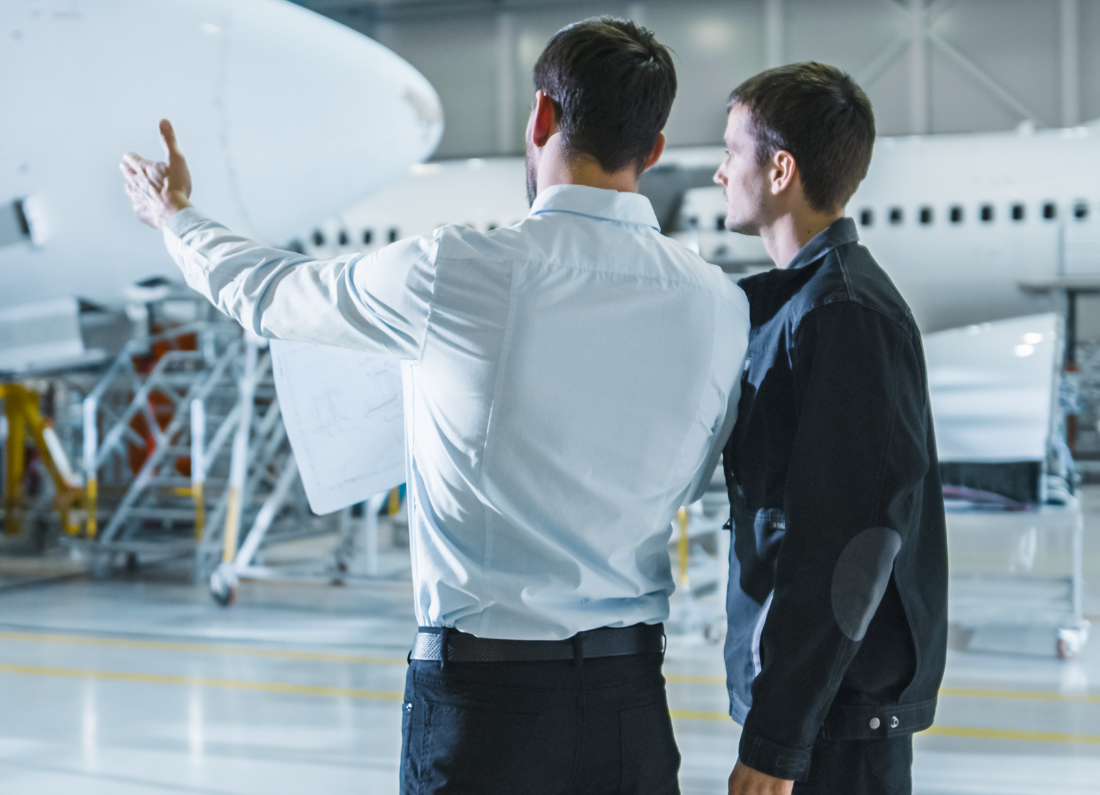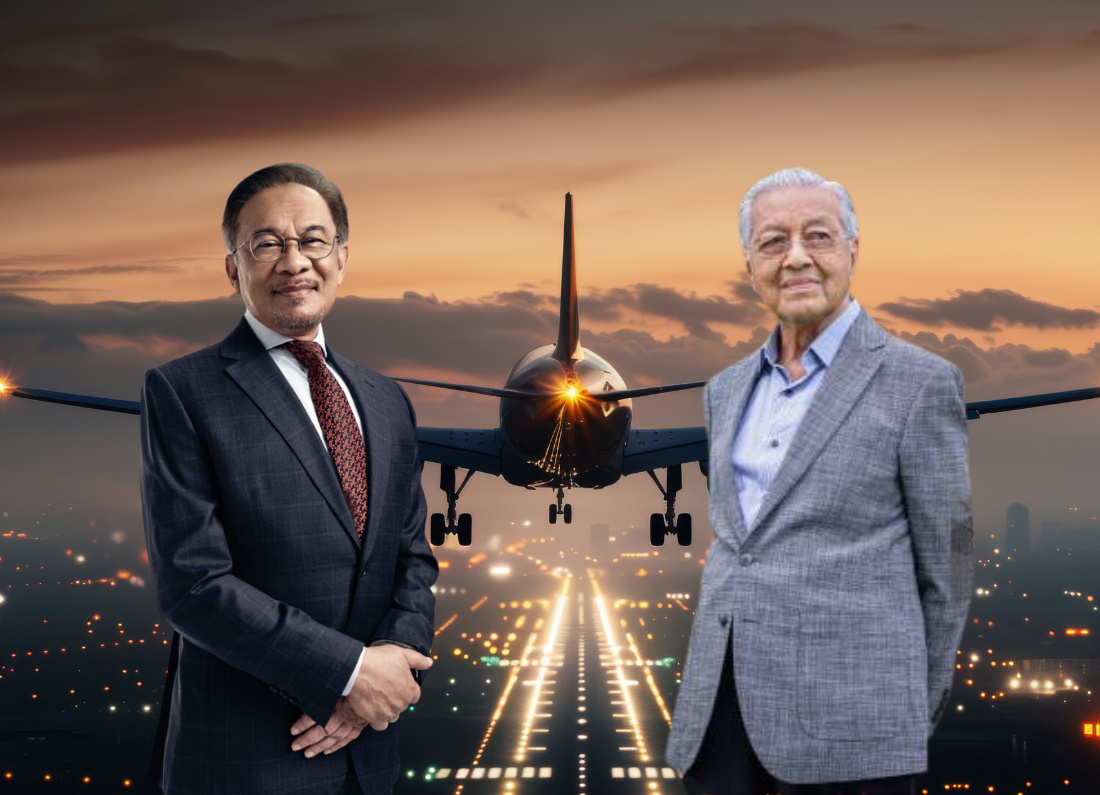In the aviation industry, safety is often linked to modern aircraft design, advanced technology, and highly trained pilots. However, behind every safe flight is a dedicated team of skilled individuals whose contributions rarely make the headlines but are crucial to ensuring safety as aircraft maintenance personnel.
From licensed aircraft engineers to technicians and inspectors, these professionals guarantee that every aircraft, whether a small private jet or a large airliner, is airworthy, compliant, and prepared for safe operation. In an industry where even the smallest oversight can lead to catastrophic consequences, the importance of quality maintenance personnel cannot be overstated.
The Critical Link Between Maintenance and Safety
Aviation safety begins long before an aircraft leaves the ground. Quality maintenance personnel are responsible for:
✅ Conducting routine inspections based on stringent schedules
✅ Diagnosing and rectifying technical faults
✅ Overhauling engines, avionics, and critical systems
✅ Performing unscheduled repairs promptly and correctly
✅ Ensuring compliance with manufacturer guidelines and aviation authority regulations
Their meticulous work prevents mechanical failures, system malfunctions, and operational risks that could compromise flight safety.
Regulatory Standards That Uphold Maintenance Excellence
The global aviation sector is governed by a robust framework of stringent maintenance regulations, meticulously enforced by prominent authorities such as:
- The International Civil Aviation Organization (ICAO), which establishes worldwide aviation safety standards.
- The European Union Aviation Safety Agency (EASA), ensuring that all aircraft operating within Europe meet high safety and environmental standards.
- The Federal Aviation Administration (FAA), which oversees civil aviation in the United States with a keen focus on innovation and safety.
- Civil Aviation Authorities (CAAs) from various countries, each playing a critical role in their respective regions.
To uphold these rigorous standards, Licensed Aircraft Maintenance Engineers (LAMEs) and skilled technicians are required to engage in extensive training programs, secure professional certifications, and commit to continuous skill enhancement. This dedication ensures that they possess the necessary expertise to maintain the highest safety standards, ultimately safeguarding the lives of passengers and crew alike in the dynamic world of aviation.
Why Quality Maintenance Personnel Make the Difference
Not all maintenance teams operate with the same level of effectiveness and expertise. Airlines and Maintenance, Repair & Overhaul (MRO) providers that prioritize the recruitment, training, and retention of highly qualified personnel reap numerous advantages that contribute significantly to their overall success, including:
Lower Incident Rates:
By investing in skilled maintenance teams, airlines can minimize safety incidents and mechanical failures, ultimately reducing costly groundings and ensuring safer operations.
Higher Aircraft Reliability:
Well-trained technicians are better equipped to conduct thorough inspections and maintenance tasks, leading to improved aircraft availability and fewer unplanned maintenance events.
Improved Operational Efficiency:
With a dedicated workforce that understands best practices and the latest technologies, airlines can streamline their maintenance processes, reduce turnaround times, and enhance the overall productivity of their operations.
Stronger Regulatory Compliance:
A knowledgeable maintenance team is essential for ensuring compliance with rigorous aviation regulations. Continuous training keeps staff updated on the latest industry standards, mitigating the risk of non-compliance penalties. Skilled maintenance teams are adept at identifying potential issues early in the maintenance cycle. This proactive approach enables them to address minor discrepancies before they develop into significant safety hazards, thereby enhancing the overall safety of airline operations and instilling greater confidence in passengers and regulatory bodies alike.
The Human Factor: Skill, Judgment, and Responsibility
While technology and diagnostic tools assist, aircraft maintenance still heavily depends on human expertise. Quality personnel bring:
- Technical knowledge of complex aircraft systems
- Attention to detail, even under time pressure
- A safety-first mindset that prioritizes thoroughness over shortcuts
- The ability to interpret data, assess risk, and make sound decisions
In many cases, their decisions directly impact whether an aircraft is safe to operate.
Challenges Facing the Maintenance Workforce
Despite their vital role, the industry faces challenges, including:
- A global shortage of qualified maintenance personnel
- Aging workforce demographics
- The need to train technicians on increasingly advanced aircraft technologies
- Pressure to perform under tight turnaround schedules
Addressing these issues is essential to maintaining safety standards as global air travel demand grows.
Continuous Training: The Backbone of Aircraft Safety
To meet evolving technological and regulatory demands, quality maintenance personnel engage in:
✅ Regular refresher courses
✅ Type-specific training on new aircraft models
✅ Simulator-based troubleshooting exercises
✅ Hands-on workshops for emerging technologies such as electric and hybrid aircraft
Only through continuous learning can they ensure that aircraft meet the highest safety benchmarks.
A Safety Culture Starts on the Ground
While pilots may be the public face of aviation safety, it is the aircraft maintenance personnel who form the foundation of this safety. Their technical skills, attention to detail, and unwavering commitment to safety ensure that every aircraft takes off and lands safely. For airlines, Maintenance, Repair, and Overhaul (MRO) organizations, and regulatory agencies, investing in the recruitment, development, and retention of quality maintenance personnel is not just an operational necessity; it is a critical safety imperative. So, the next time you board an aircraft with confidence, remember the unsung heroes who made that possible as those who worked diligently long before you arrived at the gate.

















Leave a Reply